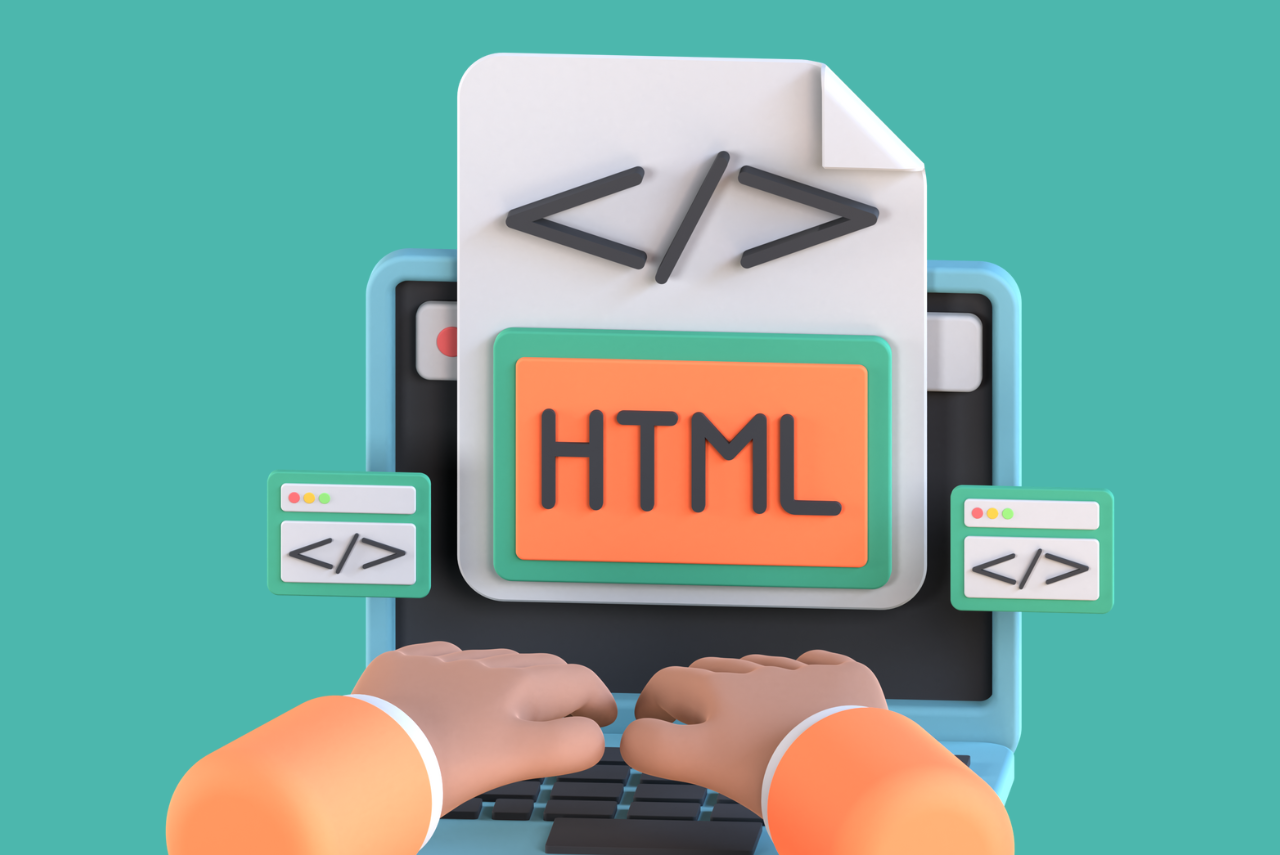
HTML
assurance
Course Overview
HTML (Hypertext Markup Language) is the standard language used to create and structure content on the web. It defines the elements that appear on web pages, such as text, images, links, forms, and more. HTML is the backbone of any website, providing the essential structure and organization for all online content.
Learning HTML is the first step in becoming a web developer. It’s an essential skill that serves as the foundation for building websites. This course will equip you with the knowledge to create basic websites and prepare you for more advanced web development technologies like CSS and JavaScript.
What You Will Learn in HTML?
1. Fundamentals of HTML
- HTML Structure: Learn how to structure a basic HTML document with elements like
<html> , <head> , <body> , and more.- Elements and Tags: Understand the concept of tags in HTML and how to use elements like headings, paragraphs, images, and links.
- HTML Document Syntax: Grasp the rules for writing valid HTML, including the use of opening and closing tags, attributes, and the proper nesting of elements.
2. Create Web Pages
- Text Formatting: Use HTML tags to format text, including headings, paragraphs, lists, bold, italics, and more.
- Hyperlinks: Learn how to create links to other web pages or external sites using the
<a> tag.- Images and Media: Embed images, audio, and video into web pages using the appropriate tags.
3. Work with Forms
- Form Elements: Learn how to use form elements like input fields, checkboxes, radio buttons, select menus, and buttons to create user-interactive forms.
- Form Handling: Understand how to submit forms and handle form data with the
action and method attributes.4. Build Lists and Tables
- Ordered and Unordered Lists: Create lists using
<ol> , <ul> , and <li> to organize content.- Tables: Learn to structure data in tables using
<table> , <tr> , <th> , and <td> elements.5. Understand HTML Document Structure
- Head and Body Sections: Understand the distinction between the
<head> (metadata) and <body> (content) sections of an HTML document.- Metadata: Learn to use the
<meta> tag for character encoding, page descriptions, and viewport settings.- Semantic HTML: Use semantic HTML tags like
<header> , <footer> , <article> , <section> , <nav> , etc., for better accessibility and search engine optimization.6. Embed External Resources
- Link External Stylesheets: Link an external CSS file to your HTML to style the webpage.
- Embed External Scripts: Learn to link JavaScript files using the
<script> tag.7. HTML Forms and Input Validation
- Form Validation: Use attributes like
required , pattern , min , and max to validate form inputs on the client side.- Input Types: Learn different types of form inputs, including text, password, email, and more, with proper input validation.
8. Work with HTML5 Features
- HTML5 Structural Elements: Learn about new semantic elements introduced in HTML5, such as
<header> , <footer> , <main> , and <section> .- Local Storage and Session Storage: Get familiar with HTML5 features like localStorage and sessionStorage for storing data in the user’s browser.
- Canvas and SVG: Learn to create graphics and animations with the
<canvas> and <svg> tags.9. Web Accessibility
- Aria Labels: Learn about ARIA (Accessible Rich Internet Applications) to improve accessibility for people with disabilities.
- Alt Text for Images: Understand the importance of providing alternative text for images using the
alt attribute for screen readers.10. SEO (Search Engine Optimization) Basics
- Title and Meta Tags: Learn how to use the
<title> and <meta> tags to improve SEO.- Heading Structure: Understand the importance of using proper heading tags (
<h1> , <h2> , etc.) for content structure and SEO.11. Best Practices in HTML
- Code Structure and Readability: Write clean, readable, and maintainable HTML code by following indentation, comments, and naming conventions.
- Validation: Use tools like the W3C validator to check and ensure your HTML is well-formed.
12. Work with External APIs
- Embed External Content: Learn how to embed external content like Google Maps, YouTube videos, and social media posts using
<iframe> .What Will You Be Able to Do After Learning the Course?
- Create Basic Web Pages: Build and structure simple web pages using HTML elements like headings, paragraphs, lists, images, links, and forms. Format and organize content effectively with proper use of HTML tags.
- Design Web Page Layout: Use semantic HTML tags to structure the layout of a web page. Create multi-section web pages, including headers, footers, and navigation areas.
- Embed Media and External Content: Embed images, audio, and video into web pages using tags. Embed external content like YouTube videos, maps, or social media feeds using the appropriate tags.
Course Duration
6 months
Mode of Course
Course Content
-
HTML Syllabus
-
-
2. HTML – BASIC TAGS
-
3. HTML – ELEMENTS
-
4. HTML – ATTRIBUTES
-
5. HTML – FORMATTING
-
6. HTML – PHRASE TAGS
-
7. HTML – META TAGS
-
8. HTML – COMMENTS
-
9. HTML – IMAGES
-
10. HTML – TABLES
-
11. HTML – LISTS
-
12. HTML – TEXT LINKS
-
13. HTML – IMAGE LINKS
-
14.HTML-EMAIL LINKS
-
15. HTML – FRAMES
-
16. HTML – IFRAMES
-
17. HTML – BLOCKS
-
18. HTML – BACKGROUNDS
-
19. HTML – COLORS
-
20. HTML – FONTS
-
21. HTML – FORMS
-
22. HTML – EMBED MULTIMEDIA
-
23. HTML – MARQUEES
-
24. HTML – HEADER
-
25. HTML – STYLE SHEET
-
26. HTML JAVASCRIPT
-
27. HTML – LAYOUTS
-
28. HTML – TAG REFERENCE
-
29. HTML – ATTRIBUTE REFERENCE
-
30. HTML EVENTS REFERENCE
-
31. HTML – FONTS REFERENCE
-
32. ASCII TABLE LOOKUP
-
33. HTML – COLOR NAMES
-
34. MIME MEDIA TYPES
-
35. HTML – URL ENCODING
-
36. LANGUAGE ISO CODES
-
37. HTML – CHARACTER ENCODINGS
-
38. HTML – DEPRECATED TAGS
-


sankheruchi9we3r45t6@gmail.com
good